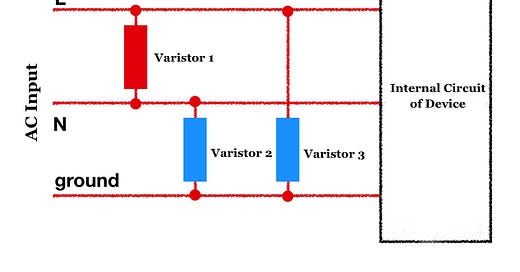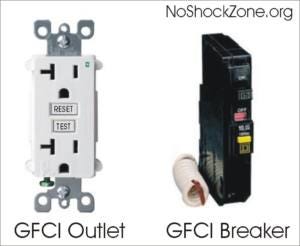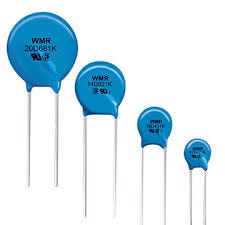Why do GFCI's seem to trip randomly
Here's additional information on why RVs can cause a nuisance trip when plugged into a home GFCI outlet.
Dear Readers,
I had an interesting comment on my article about GFCI testing. You can read the Nuisance Tripping part of the article below and the entire article HERE.
Nuisance Tripping
What bothers many campers and homeowners about GFCI breakers is that they’ll occasionally trip for no apparent reason. So if you plug your shore power to the GFCI outlet in your garage to run your RV refrigerator while you’re stocking for an extended trip next week, you may come back the following day to find the power out and your food spoiled. Nobody was in the RV and nothing looks out of place. Or you plug in a power drill to your exterior RV outlet and BAM! – it trips before you can pull the trigger on the drill. Why would that happen when the drill runs just fine in your basement workshop? Those sorts of situations are what make home and RV owners suspicious of GFCIs and want to replace them with a non-protected outlet – which, I might add, is illegal to do.
Here’s the comment…
Nice article. Please note that many AC noise/lightning suppressors including UPSs use capacitors from black to earth and white to earth (green). The currents should be balanced, but not always. UL allows around 1 mA to flow to earth. Each filter adds a little more leakage. Even if an appliance is new, it could be a contributor. - Joe
Here’s my answer…
The reason why these line-to-ground and neutral-to-ground RF capacitors cause unbalanced currents is that there’s a 120-volt potential across the line capacitor and close to 0-volt potential across the neutral capacitor. So at 60-hz there can be several mA line-to-ground leakage currents, but close to zero mA neutral to ground leakage. Note that UL has an exception allows up to 3mA leakage for noise filtering capacitors on PCM power supplies that create large amounts of harmonics. And that extra 3mA of normal leakage currents adds to any other line-to-ground leakage currents in the RV. Once they all add up to 5mA of unbalanced leakage current it pretty much guarantees an upstream GFCI nuisance trip. - Mike
Here’s a graphic…
I’ll draw up a more explanatory graphic later, but here’s something I found that will help you envision what I explained above. This shows MOV (Varistor) devices, but the same principles apply to filter capacitors for RFI protection from Converters and Battery Chargers as well.
If you measure the steady-state voltage across Varistor 1 (Line to Neutral) you’ll see it’s around 120 volts. And that MOV device can have a few mA of leakage. But if you measure the steady-state voltage acoss Varistor 2 (Neutral to Ground) it will measure close to zero volts, and that MOV will have very little leakage current. Varistor 3 is connected between Line and Ground so it also has around 120 volts across it, and a few mA of leakage current.
If you trace the various current paths it turns out there can be different amounts of steady-state leakage to ground from the Line-MOV path compared to the Neutral-MOV path. And it only takes 5ma of current imbalance to trip a Class-A GFCI.
Future Shock
I’ll mock-up a video demonstration of how this works later since it’s really interesting and explains so much of what I already see inside of my head.
Please Standby - Let’s play safe out there… Mike









Interesting article Mike.For a 30A or 50A external RV outlet installed on the exterior wall of a home garage, does code require a either GFCI outlet or breaker?